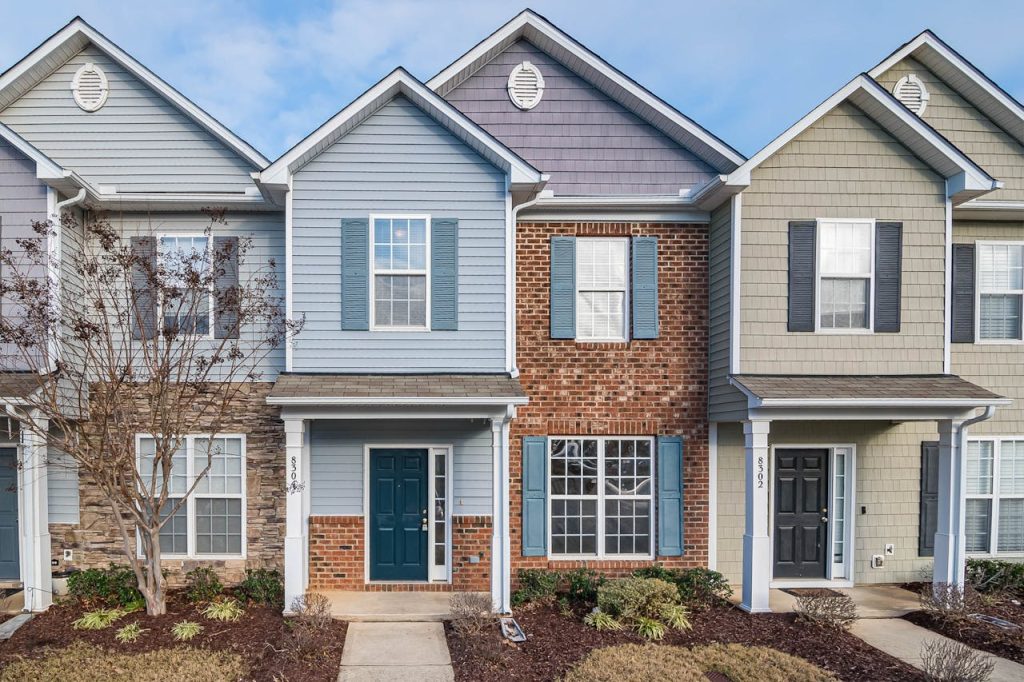
Everyone talks about the “middle class,” but what does it actually mean in 2025? The world keeps changing. Prices go up. Jobs shift. Technology moves fast. And yet, people still want to know where they stand. Are you middle class? Is your neighbor? Does it even matter? It does, because being middle class shapes how you live, what you can afford, and how secure you feel. Here’s what being “middle class” really means right now—and what you can do about it.
1. Income Isn’t the Only Factor
Most people think of the middle class as a certain income range. That’s part of it, but it’s not the whole story. In 2025, the middle class is about more than just your paycheck. It’s about what you can afford, how stable your job is, and what your expenses look like. For example, a family making $80,000 in a small town might feel comfortable. That same income in a big city could feel tight. Cost of living matters. So does debt. If you’re spending most of your income on housing, healthcare, or student loans, you might not feel “middle class” at all. The Pew Research Center says the middle class is shrinking, but the definition keeps shifting. It’s not just about numbers. It’s about how far your money goes.
2. Homeownership Is No Longer a Guarantee
Owning a home used to be the classic sign of being middle class. That’s changed. In 2025, high home prices and rising interest rates will make it harder to buy. Many middle-class families rent, even if they want to own. Some choose to rent because it gives them flexibility. Others simply can’t afford a down payment. This doesn’t mean you’re not middle class. It means the rules have changed. Focus on what you can control—like saving for emergencies or paying down debt. If you do own a home, it’s a big part of your net worth. But if you don’t, you’re not alone. The middle class now includes renters, too.
3. Job Security Feels Different
A steady job used to mean you were set. Now, even good jobs can feel shaky. Automation, remote work, and the gig economy have changed what job security looks like. Many middle-class workers have side hustles or freelance gigs. Some do it for extra money. Others do it because they need to. If you’re worried about layoffs or your company moving jobs overseas, you’re not alone. Building new skills and staying flexible is key. The middle class in 2025 is about adapting. If you can pivot, learn, and adjust, you’re more likely to stay in the middle class—even if your job changes.
4. Education Is Still Important—But It’s Not Everything
A college degree used to be a ticket to the middle class. Now, it’s more complicated. College is expensive. Student debt is high. Some jobs don’t require a degree at all. Skills matter as much as diplomas. If you have a trade, a certification, or tech skills, you can earn a solid living. The middle class in 2025 is full of people with all kinds of backgrounds. What matters is your ability to earn, save, and adapt. If you’re thinking about more education, weigh the cost against the payoff. Sometimes, learning a new skill online or getting a certification is enough.
5. Healthcare Costs Are a Big Deal
Healthcare is a huge part of the middle-class experience. Even with insurance, costs can be high. Premiums, deductibles, and out-of-pocket expenses add up. A single medical emergency can wipe out savings. Many middle-class families worry about healthcare bills. Some skip care because they can’t afford it. This is a real challenge. If you have access to a Health Savings Account (HSA), use it. Shop around for the best insurance you can afford. And don’t ignore preventive care. Staying healthy saves money in the long run.
6. Saving for the Future Is Harder
Retirement used to mean a pension and Social Security. Now, most people have to save on their own. The middle class in 2025 faces real pressure to save for retirement, college, and emergencies. Wages haven’t kept up with inflation. Many people feel like they’re falling behind. If you can, automate your savings. Even small amounts add up over time. Use employer matches if you have them. And don’t be afraid to ask for help or advice. The key is to start, even if it’s just a little.
7. Lifestyle Choices Matter
Being middle class isn’t just about money. It’s about how you live. Do you take vacations? Eat out? Go to concerts? These choices shape your experience. Some people live simply and save more. Others spend on experiences. There’s no right answer. What matters is that your spending matches your values and your budget. If you’re always stressed about money, it might be time to rethink your lifestyle. The middle class in 2025 is about balance. Find what works for you.
8. Community and Support Networks Count
Middle-class life is easier when you have support. Family, friends, and community groups can help with childcare, job leads, or just a sense of belonging. In tough times, these networks matter. If you feel isolated, look for ways to connect. Volunteering, joining local groups, or even online communities can make a difference. The middle class isn’t just an income bracket. It’s a way of life that includes connection and support.
The Real Meaning of “Middle Class” in 2025
Being middle class in 2025 is about more than a number. It’s about stability, choices, and the ability to adapt. The rules have changed, but the goal remains the same: to live a secure and comfortable life. Focus on what you can control. Build skills. Save what you can. Stay connected. The middle class is still here—it just looks different now.
How do you define “middle class” in your own life? Share your thoughts in the comments.
Read More
8 Things Rich People Buy That the Middle Class Think Are Silly
Why the Middle Class Is Shrinking—And Nobody in Power Seems to Care
The post What Does It Really Mean to Be “Middle Class” in 2025? appeared first on The Free Financial Advisor.







